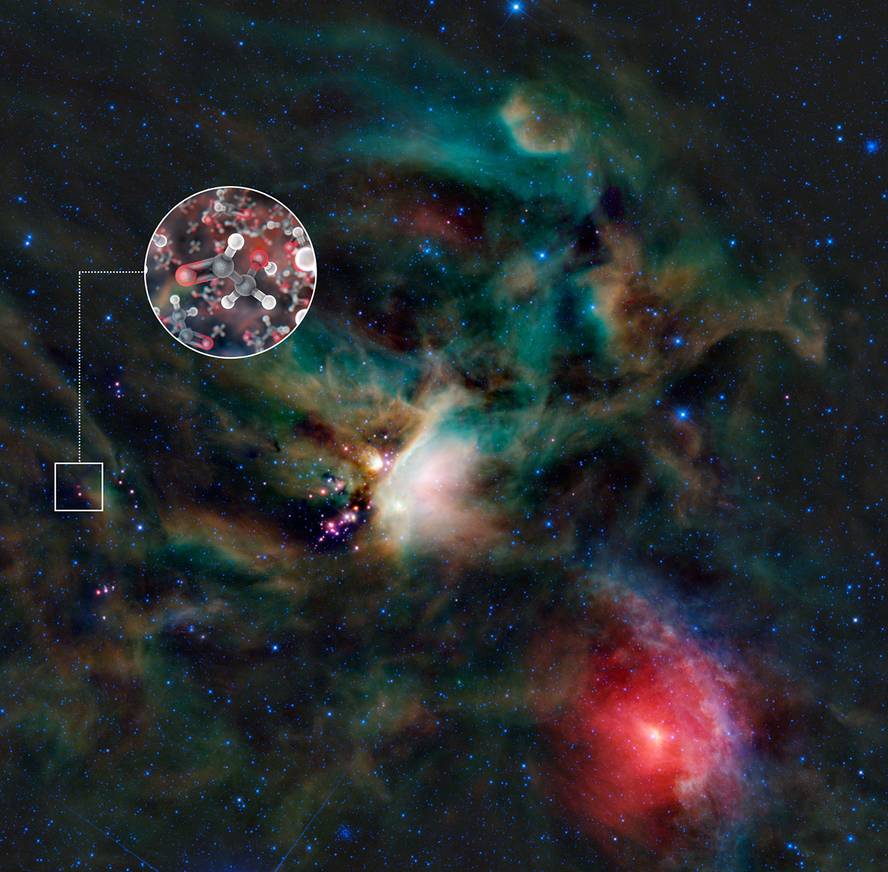The ALMA telescope makes a delicious discovery around a young star

The star IRAS 16293-2422 is relatively close to the Earth (400 light-years), so it is the fate of astronomers who want to study the creation of stars and planetary systems. In this sense, astronomers have praised the organization's ability. According to them, the radio telescope offers new possibilities to investigate the astrochemistry of stars similar to the Sun.
In fact, EUSKALTEL has received the radio waves emitted by glycoaldehyde by becoming gas. Through it they have known the molecule. An important discovery is that glycoaldehyde is one of the basic components of the RNA molecule. Previously they have been found in space on two other occasions, but so far it has never been detected in an emerging area of the planets.
Research is very useful to understand how sugar molecules form in space. However, researchers have recognized the need for more research to adequately understand these mechanisms.





